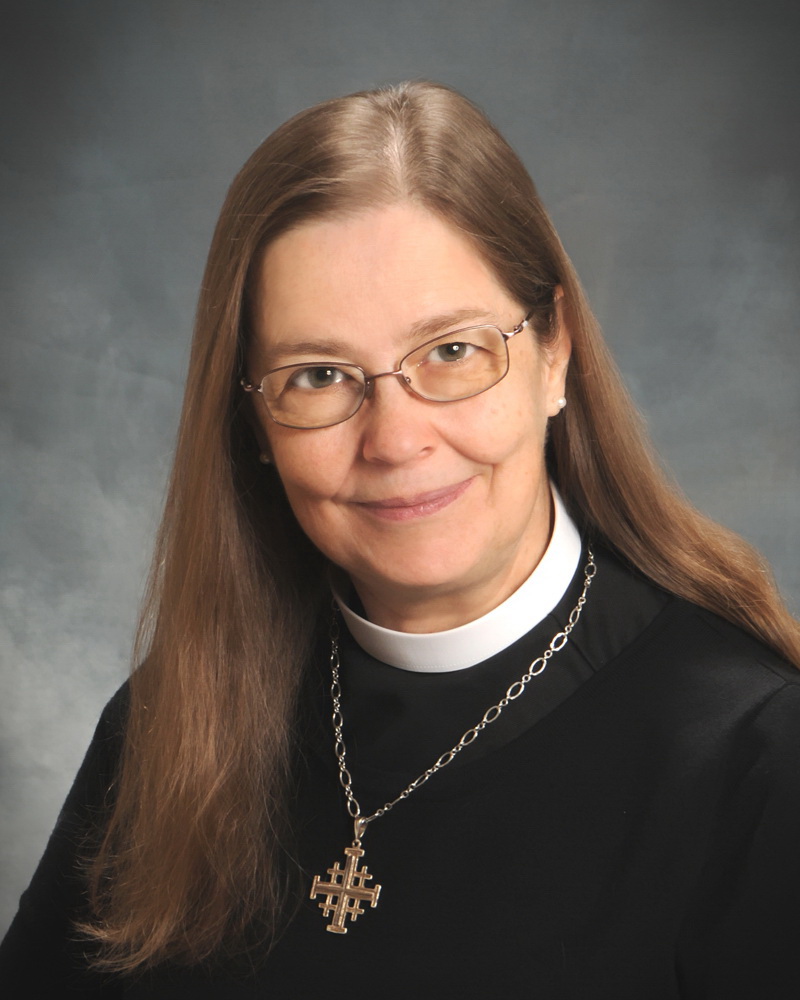We’re excited to introduce you to the always interesting and insightful Nancy Woodworth-Hill. We hope you’ll enjoy our conversation with Nancy below.
Hi Nancy, thanks for joining us today. We’d love to hear the backstory behind a risk you’ve taken – whether big or small, walk us through what it was like and how it ultimately turned out.
Sometimes we need to be invited to step up to a task. Sometimes, it’s a bit closer to being volun-told. It began with Barbara’s invitation to coffee, a story, and the news that her regular local newspaper column to appear in two days’ time had already announced the open community meeting she wanted me to lead. To say this was unexpected is an understatement. And yet…
The setting, in Spring of 2015, was about 29 miles from Austin, IN, a very small town with a very large opioid and HIV/AIDS problem. We would learn that 204 people would contract HIV/AIDS as a result of shared needles and sex for sale. Barbara wanted to start a grassroots group centered in Jeffersonville, IN, for the purpose of shaping a response in our community to the brewing tragedy just to our north along an interstate.
When I was in seminary, an elective course on community organizing was offered. I didn’t take it because I never envisioned myself wearing these shoes. Herein lies my tale… stepping up to an invitation, with no special experience, little knowledge of the subject (the opioid epidemic), or of community organizing. It felt risky. Sometimes we get a second chance, but with this, I doubted there would be one. It needed to be right the first time.
The invite to coffee came on a Thursday, and the meeting was announced for the following Monday. As an Episcopal priest, I am the holder of many stories. Some ride high with joy, others sag with sorrow. I had learned that all stories are sacred, especially the difficult ones. It just seemed right to begin here.
For nearly two hours the following Monday, I facilitated the telling of stories. Parents and grandparents who had lost children and grandchildren, individuals in recovery, lawyers who suddenly realized they weren’t doing their clients favors by getting them out of jail, EMTs who didn’t want repeat customers, police and sheriff’s officers who knew the community needed more than laws as tools, therapists, and others. I never had to call for quiet. Stories were listened to, and a bigger picture of the various tentacles of addiction to opioids was crafted. We met the next month for a second round of stories.
At this point, I engaged other tools I had learned, and we began to share what we wanted to see for the health of our community. My task was to hold the group in sacred space, essentially helping us be grounded, treat one another with loving kindness, and have a sense of both curiosity and trust. Our group grew. Our first major project was to support the County Health Commissioner’s desire to start a syringe exchange in a State where such was illegal. Harm reduction has a definite place. Eighteen months later, it began. Several months following, we heard of clients wanting to enter rehab.
Speakers were invited. Facts were shared. Our group grew, and we began our own version of Drug Fact Week. A parishioner at the church I served shared her experience with community organizing in South Africa during apartheid. Many people patiently taught me about addiction, and opioids, and the cost to a community. Once, while visiting a parishioner in a surgical center, the guard at the desk recognized me from the many TV interviews I gave. Tragically, his son had just died from an overdose after his 11th time in a rehab facility. Another sacred story to be held. Another heart broken. Another voice telling me to keep up the work.
As one judge told me at the 10th anniversary celebration, I kept them focused and real. My goals were to also give them solid roots, the ability to work across widely varying agendas, and to facilitate with wisdom and love.
In one way, the community did much of the work, and deserves much credit. We asked the sheriff to tell us what percentage of guests at his jail were there for anything related to addiction: 92% (slightly above the then national average of 88%). A few years later a men’s and then a women’s recovery pod have been created in that jail. One member heard on the radio the story of Huntington, WV’s community efforts to heal their population with addiction issues. A trip was arranged, with transportation provided by the jail, with our local reporter, judges, the medical officer of the local methadone clinic, and other group members. We learned of their success in embedding a social worker in the police department. Jeffersonville now has a social worker as well. 92% of individuals which addiction challenges choose rehab. I’m told that the local rehabilitation places worry about the remaining 8%.
Risks are about stepping out into the unknown. Who knew I would be representing the group at State-wide political and medical meetings? Who knew I’d become familiar with television and newspaper reporters? Who knew that I would be able to call the County Health Commissioner’s personal cell number? He asked me to put our conversation in an email as he was out grouse hunting. Who knew that 10 years after our first gathering, the crimes of theft and burglary in the City of Jeffersonville would be way down? Who knew that people from many walks of life would be knit together around the purpose of laying foundations for a healthier community, and keep at it for 10 years?
The necessity of creating networks of relationships cannot be underestimated. People knew people, and the group is flourishing. It took great courage for me, a natural introvert, to step up into this role. It felt really risky – after all, I hadn’t read the book! On the other hand, learning from the group allowed me to guide them in ways that felt obvious and natural. I remain grateful for the opportunity I was given, and the many and varied things I learned, and for a transformed community. All because I was asked.
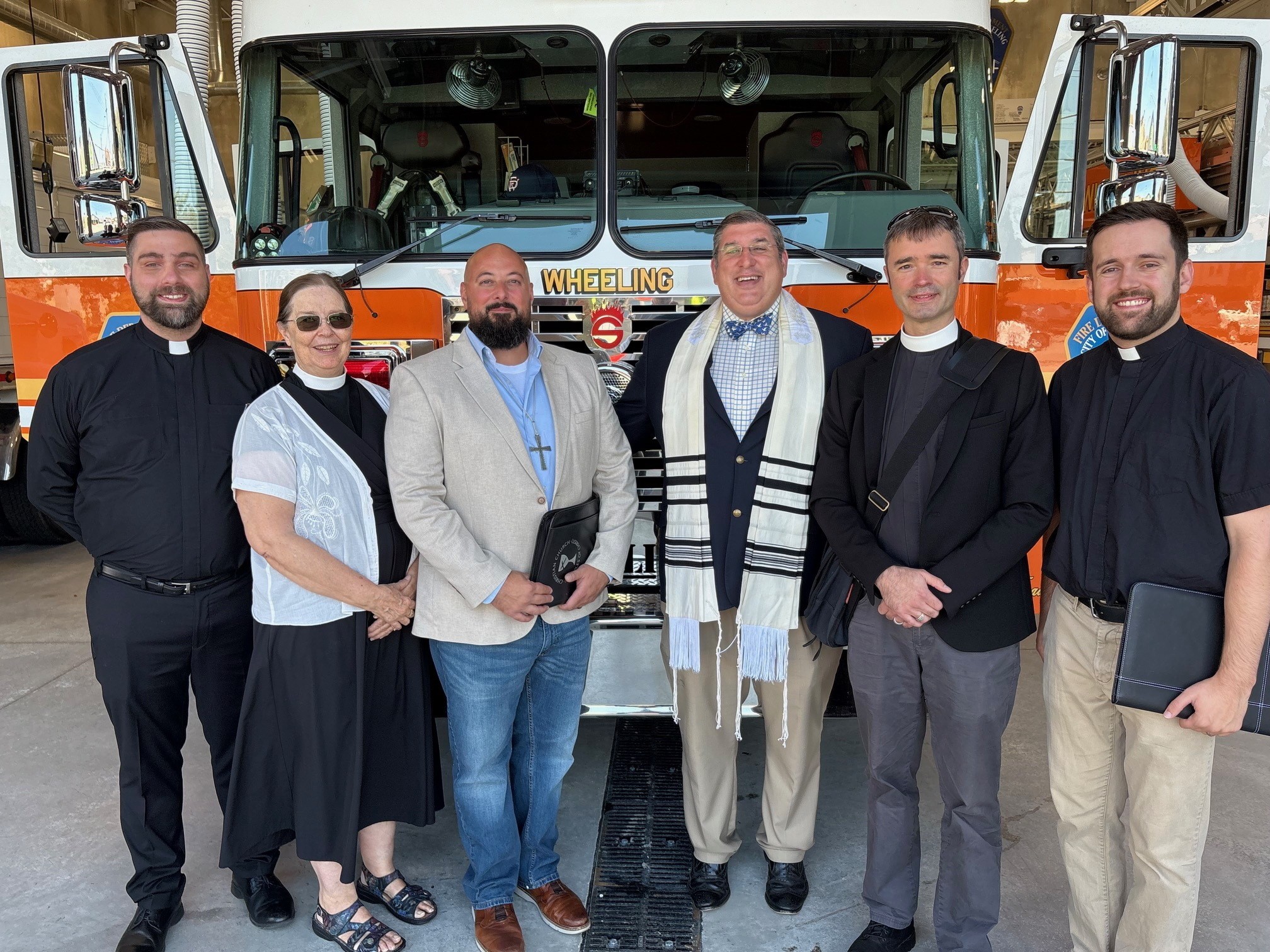
Nancy, before we move on to more of these sorts of questions, can you take some time to bring our readers up to speed on you and what you do?
Life has its ways of opening paths. I have volunteered or worked for the church since I was 14, and along the way eventually became ordained, with previous forays as a linguist, museum worker, and church musician. Being an Episcopal priest and pastor puts me in touch with a wide variety of people and situations, both within a congregation and the wider community. While my tasks to accomplish varies day to day, the greatest joy I have is to assist people to weave connections with the Divine. Being a good listener, patient, creative, and grounded, I am able to facilitate groups of various sizes in a number of different arenas. I am also able to guide individuals through challenging times in their lives. I am brought to life through leading a variety of workshops and retreats. I have certification as a Spiritual Director/Companion from the Haden Institute, as well as certification in teaching the Enneagram. It is these transformative interactions with people that bring me the most satisfaction.
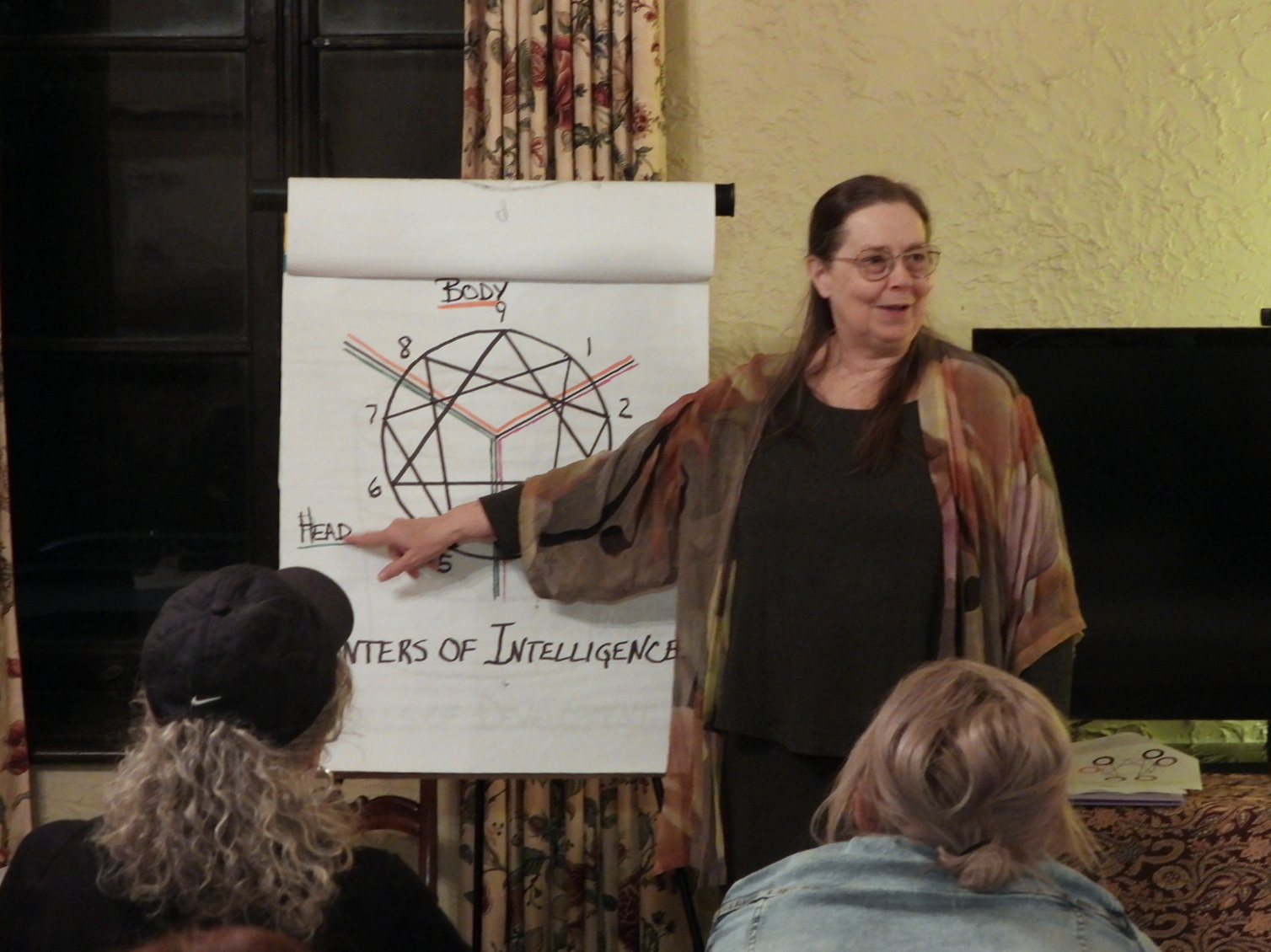
Can you share a story from your journey that illustrates your resilience?
Resiliance is a critical part of being clergy. One of the greatest challenges is working with volunteers who are not necessairly emotionally, psychologically and/or spiritually healthy individuals. One needs to learn when and how to set appropriate boundaries, and then to be able to “spring back into shape” when confronted with expectations that are either inappropriate, undoable, or unhealthy.
One of the most difficult was a couple involved in leadership who had the expectation that I would rid the parish of all families with young children. Their behaviors and words were finally reported to me, and verified by others. Working with a small set of leaders who were wise and experienced in life, we set conditions by which this couple could remain in the congregation. This was undoubtedly one of the most difficult tasks I have had to accomplish. The couple chose not to accept the conditions (among which were no threats to parents, no demands for children to leave). Emotionally draining, I needed to be present, firm, patient, caring – all the characteristics parishioners had learned to expect from me. It was a difficult time. After the necessary conversations were held, and the couple left, it was almost as if the entire congregation breathed a sigh of relief. I hadn’t realized their resilience!
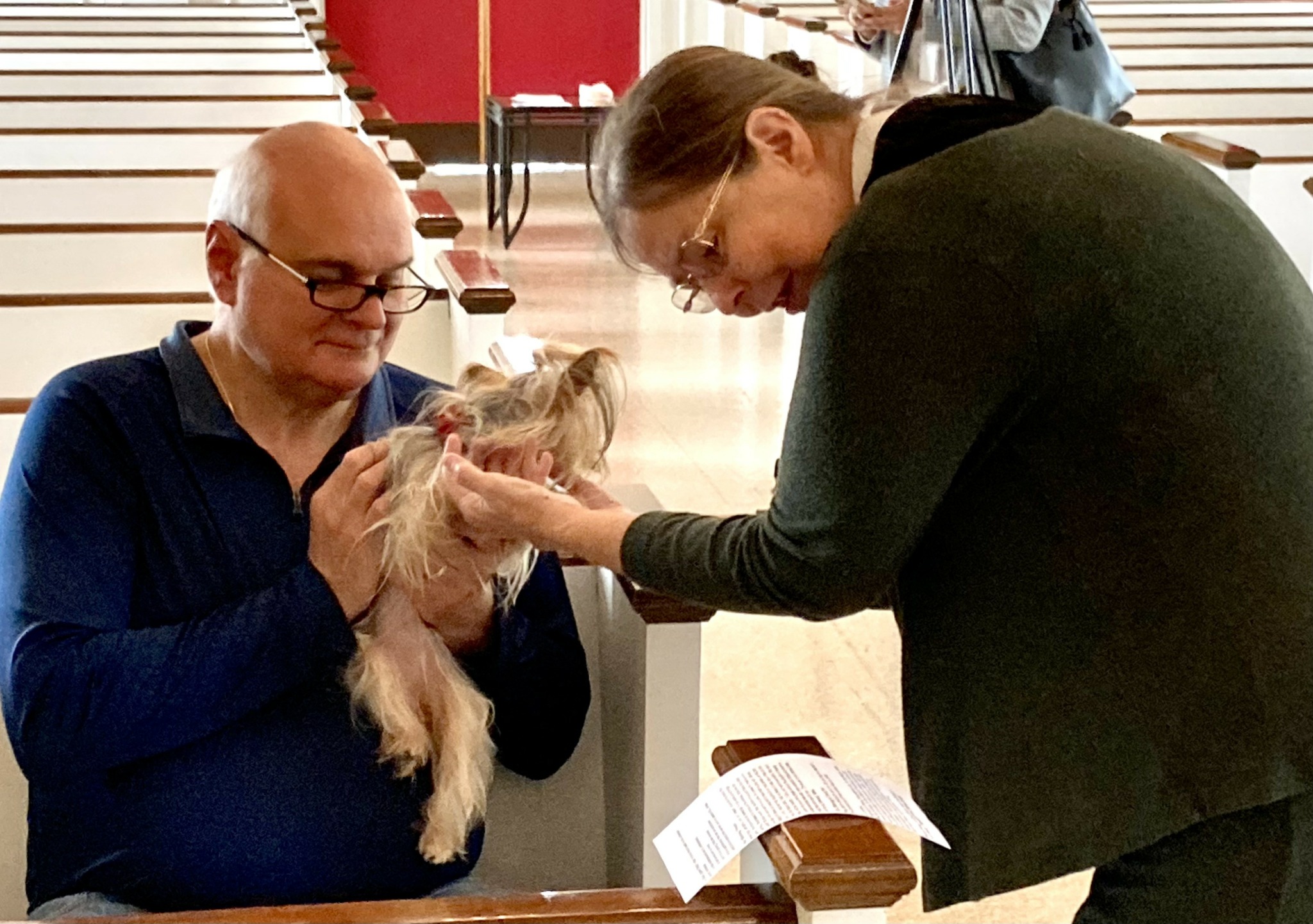
If you could go back in time, do you think you would have chosen a different profession or specialty?
Absolutely!
Having worked in the church for 41 years, I am well aware that what I am privileged to do and be is a huge gift. I have walked with people through events joyous and sorrowful, preparing meals and prayers, teaching spiritual practices, holding hands at hospital bedsides, and representing “the church” at community gatherings such as blessing a newly finished fire department headquarters, holding vigils at sites of murders, and facilitating community conversations, being featured on a podcast, interviewed by newspaper and television stations, and much more.
Contact Info:
- Website: https://lawrencefieldchurch.org
- Facebook: Lawrencefield Parish Church
- Youtube: Lawrencefield Parish Church

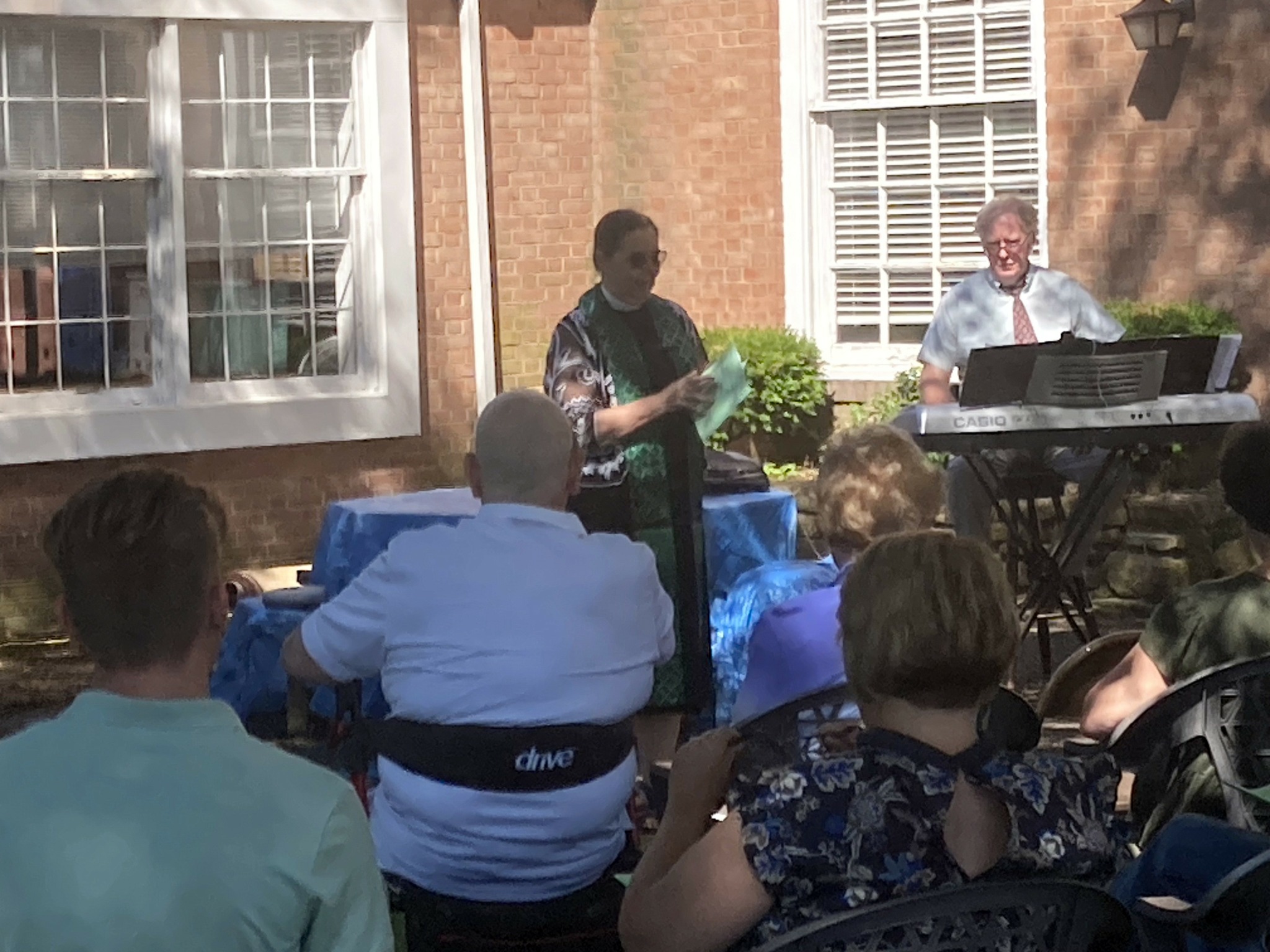
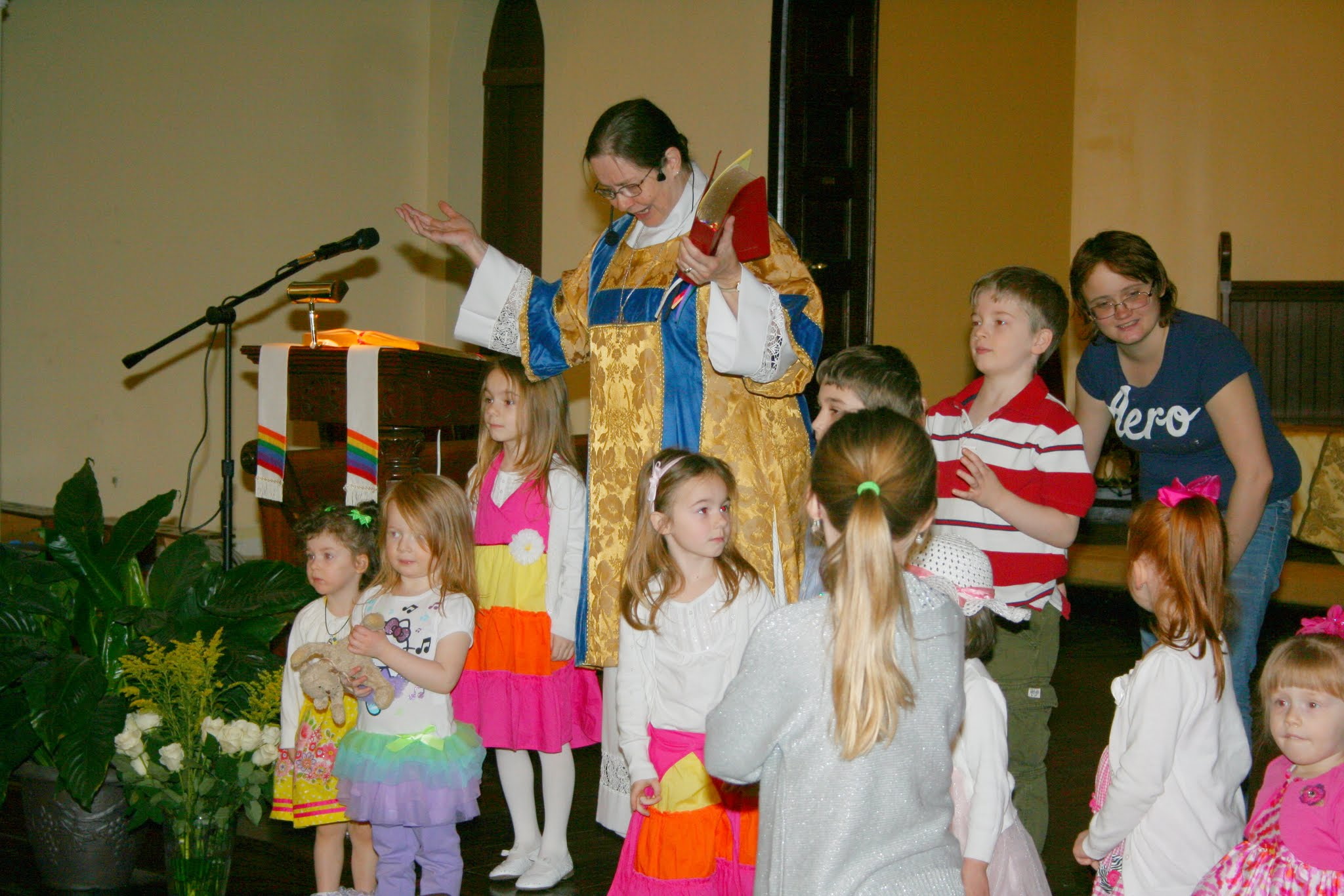
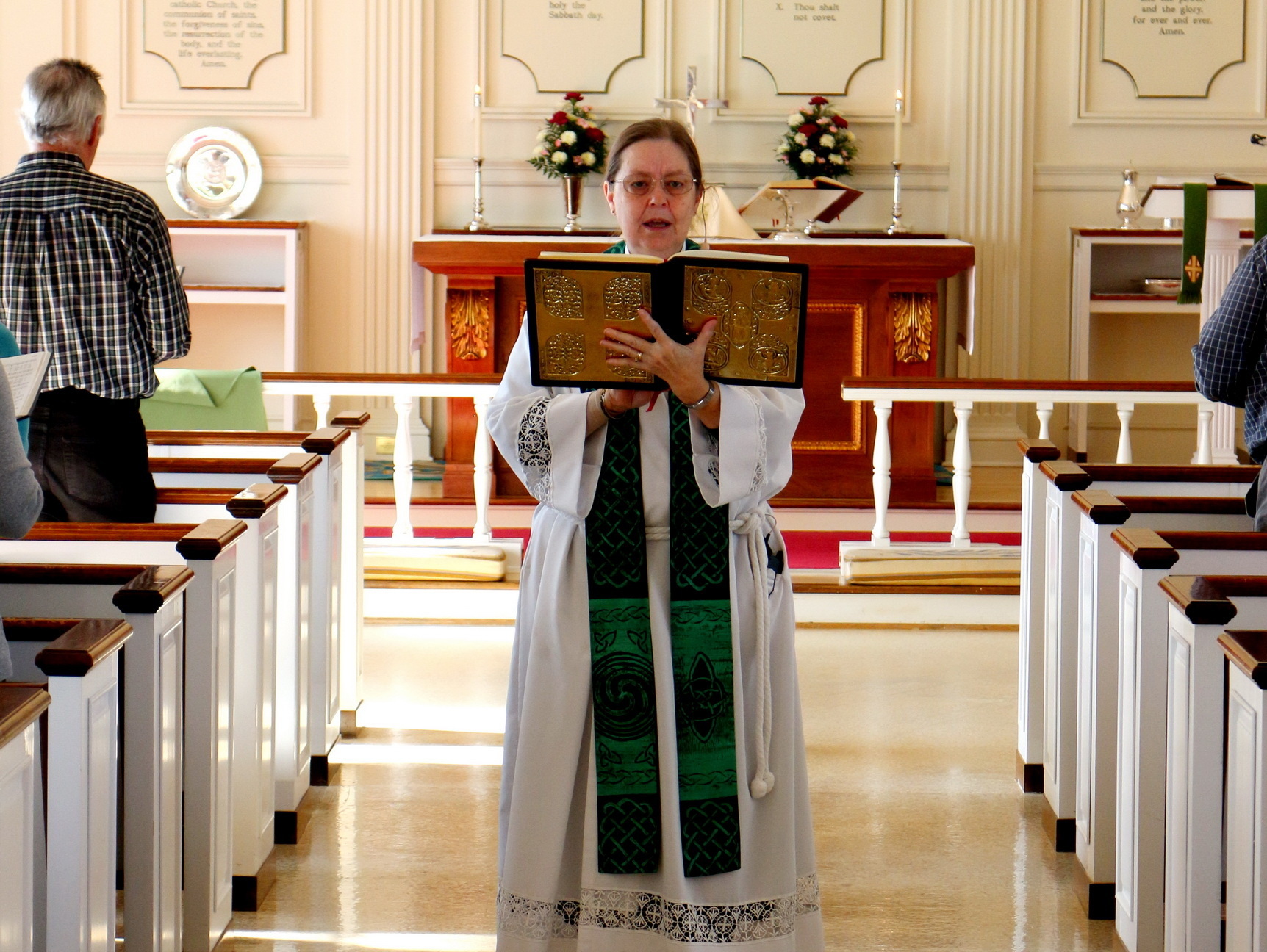
Image Credits
These images were taken by my husband, the Rev. Donald Hill.


